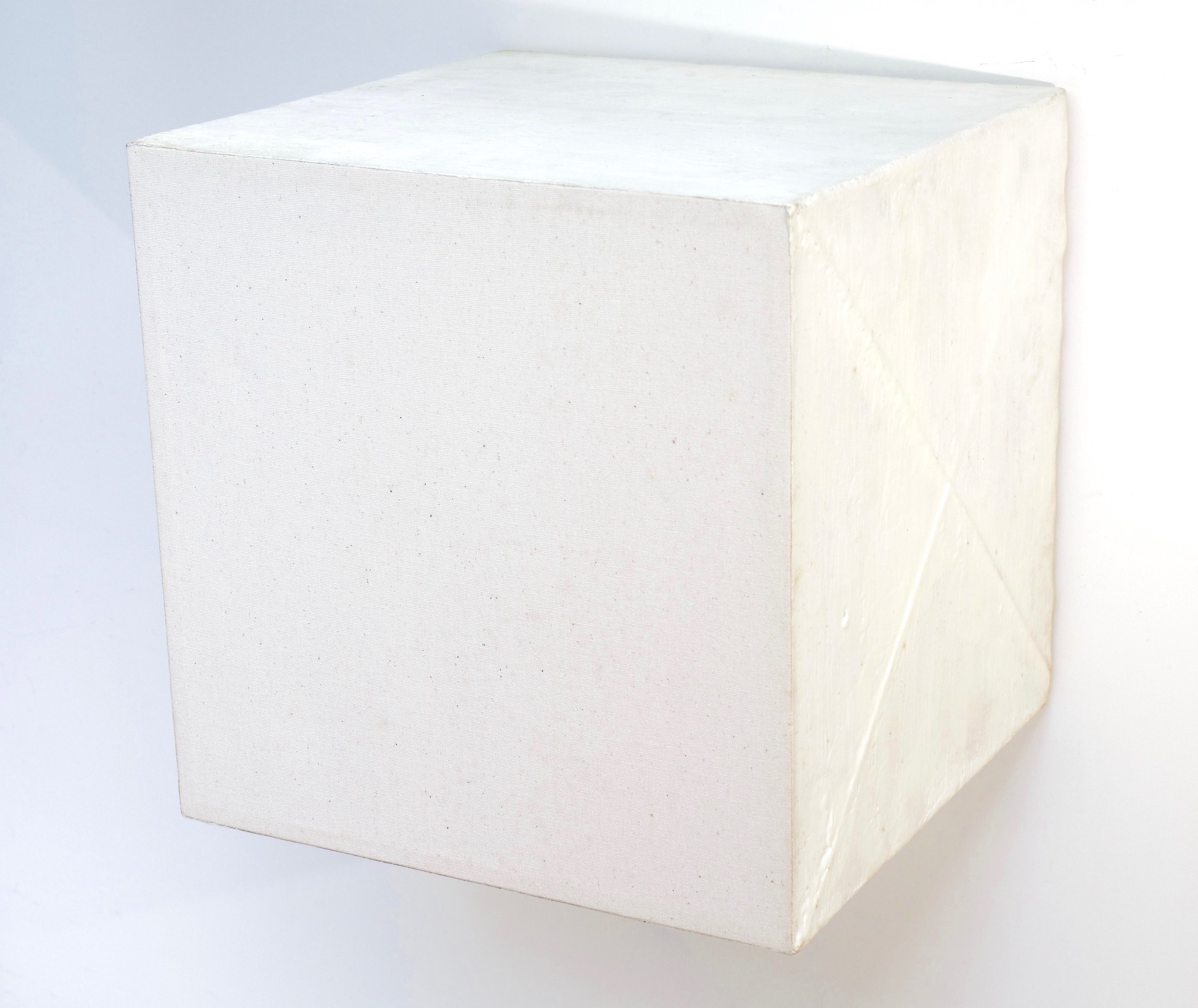FIRST CONVERgence












“First Convergence” was my first attempt to combine my approaches to science and art in a clean, minimal format. One of the most salient overarching concepts is that of dimensions beyond 3, starting with the physical dimensions of the cubes, which all have 16-inch edges: 16 = 2exp4.
Despite the caricature of science as unbiased observation, scientific exploration – like artistic exploration – is driven by intuition, based on our abilities to perceive and analyze. Again, Poincaré, one of the most important mathematicians of the last century, said it best:
“Pure analysis puts at our disposal a multitude of procedures whose infallibility it guarantees; it opens to us a thousand different ways on which we can embark in all confidence… Who shall tell us which to choose? We need a faculty that makes us see the end from afar, and intuition is this faculty. It is necessary to the explorer for choosing his route; it is not less so to the one following his trail who wants to know why he chose it.”
This quote also points to another important part of the framework of “First Convergence”: the route I have chosen follows in the steps of minimalist expression, but my work leans much more toward Japanese minimalism than American minimalism—each piece is extremely process-oriented and reflects the simple beauty of nature, whether it’s a thick waxy brushstroke, a swath of raw canvas, or a finely polished wood surface. These pieces are a convergence of sculpture and painting, reduced to the very basic components of wood, canvas, and color. Adhering to these concepts, I chose to make the coloration both organic and 3-dimensional, which is why the work primarily uses encaustic (e.g. “White Nude Male” and “Blonde Linen Female”). My choice to follow Japanese vs. American minimalism also mirrors my choice to pursue science, which is firmly anchored to observations of our physical reality, as opposed to pure math, which is distilled to abstract concept without direct connection to the physical world.
